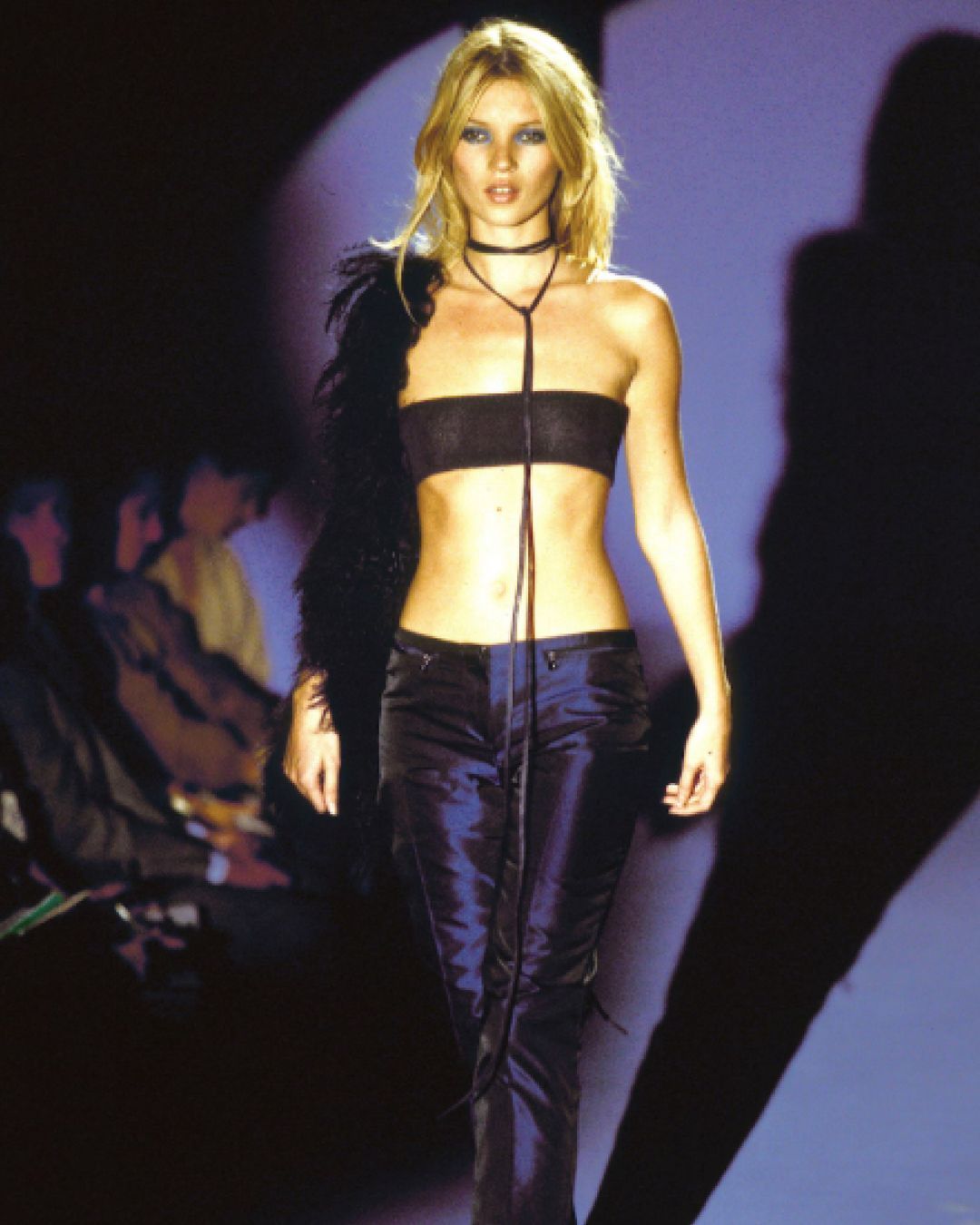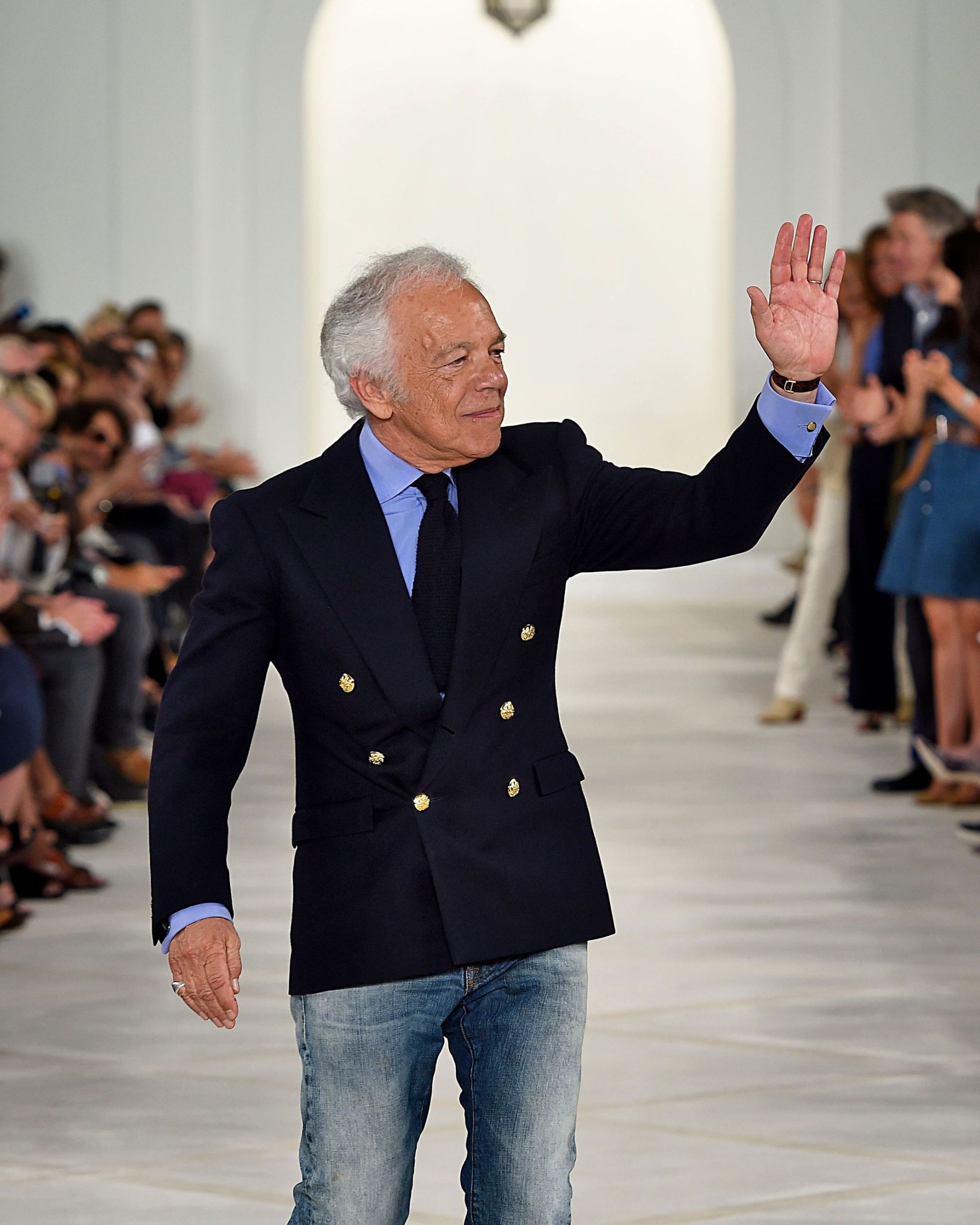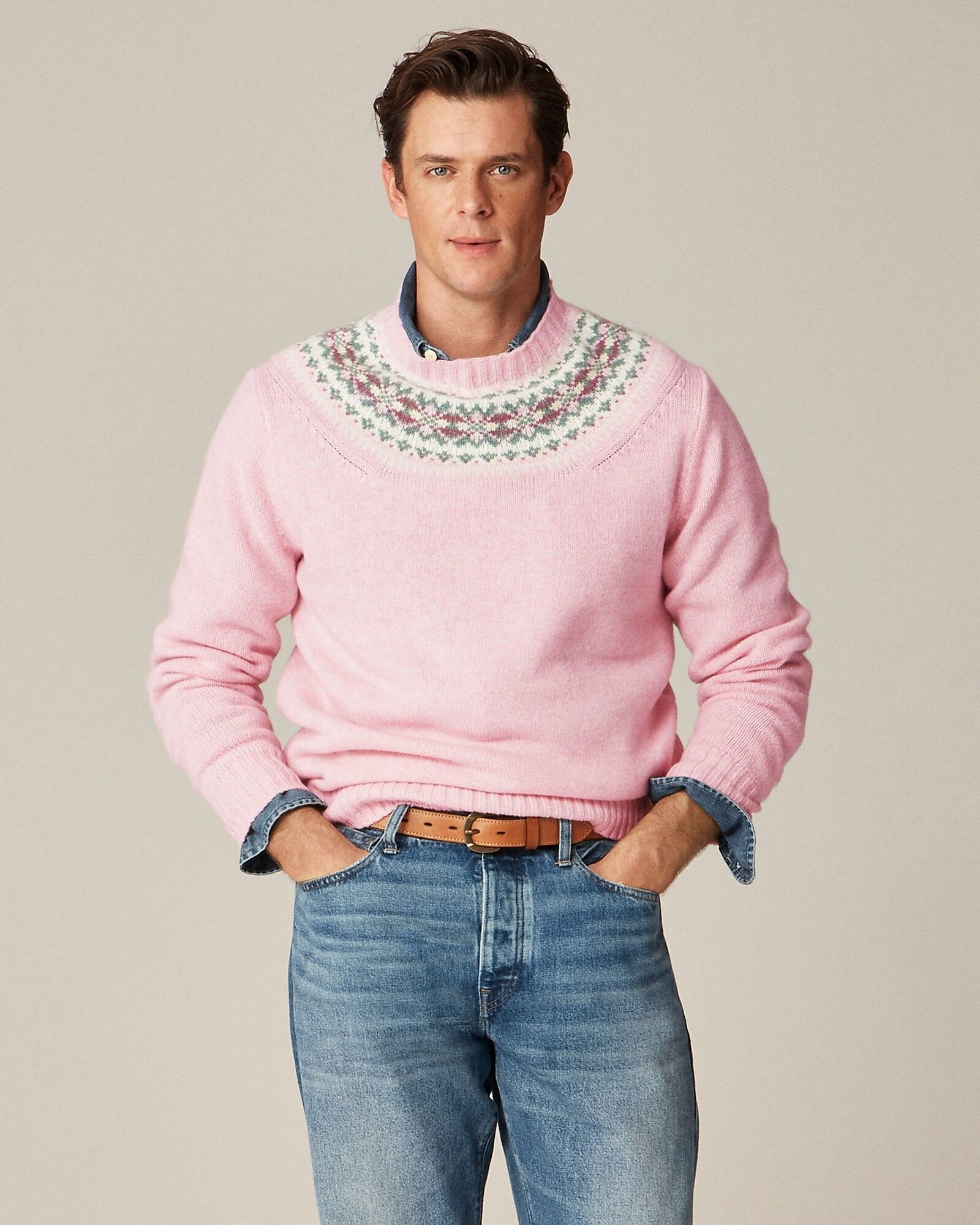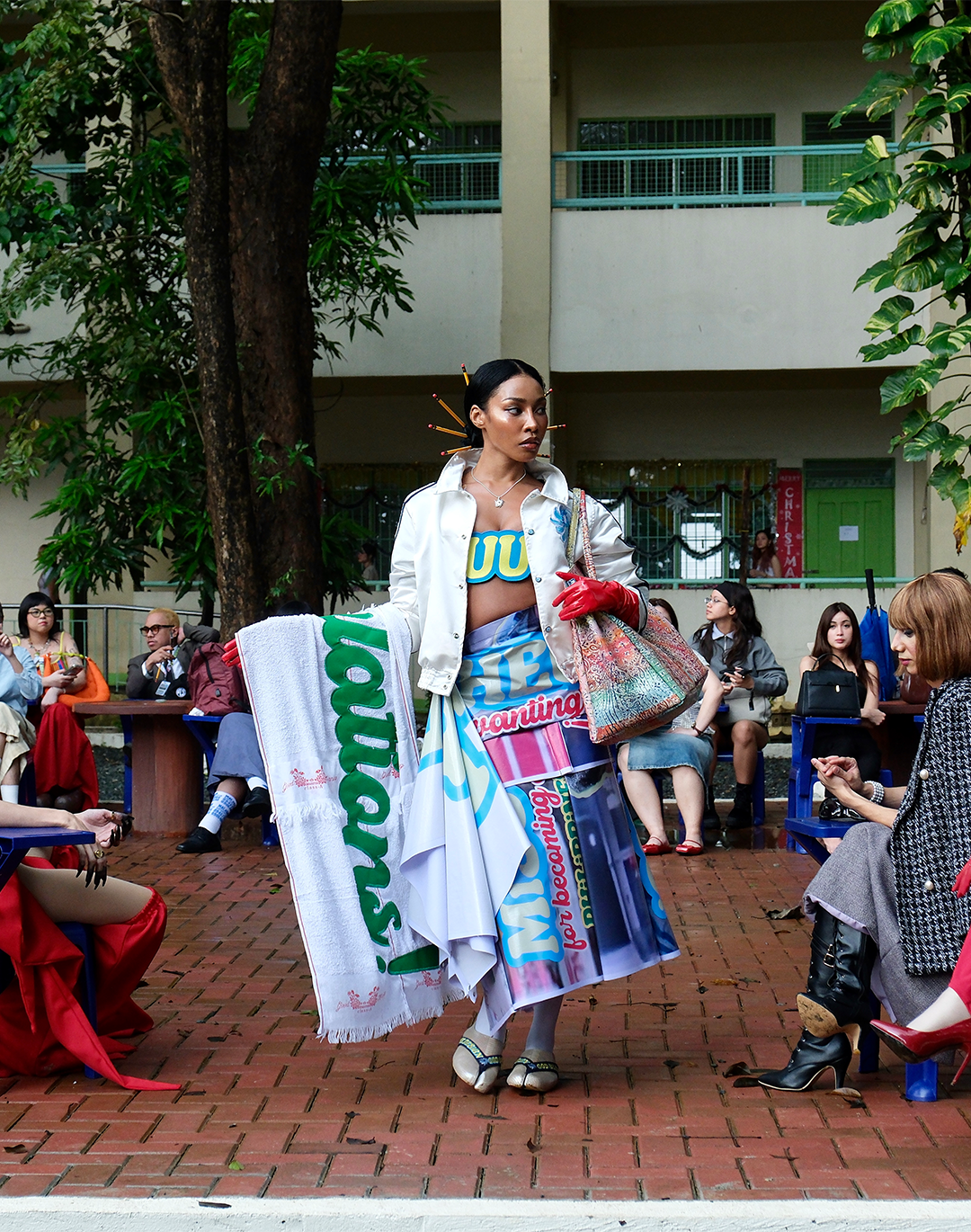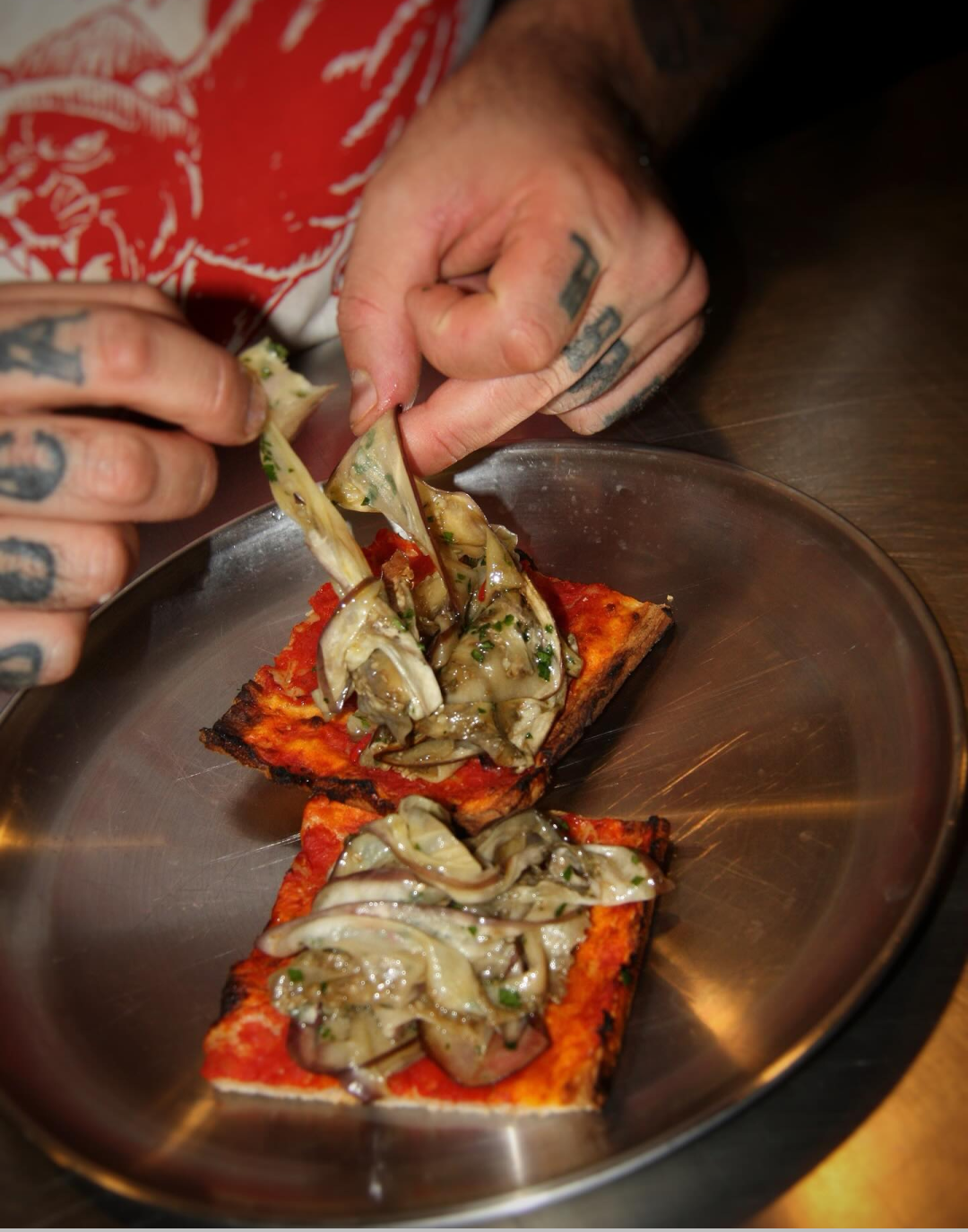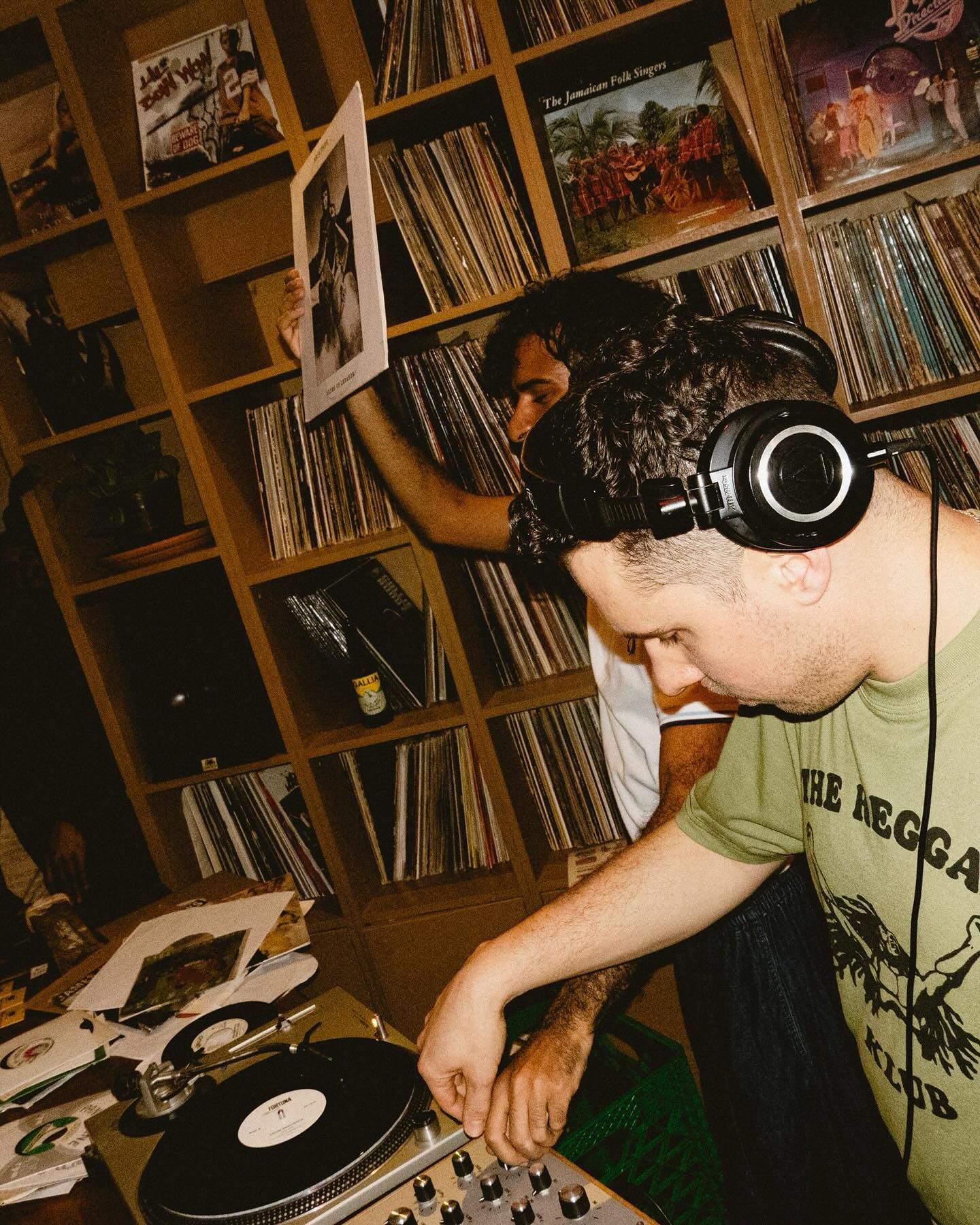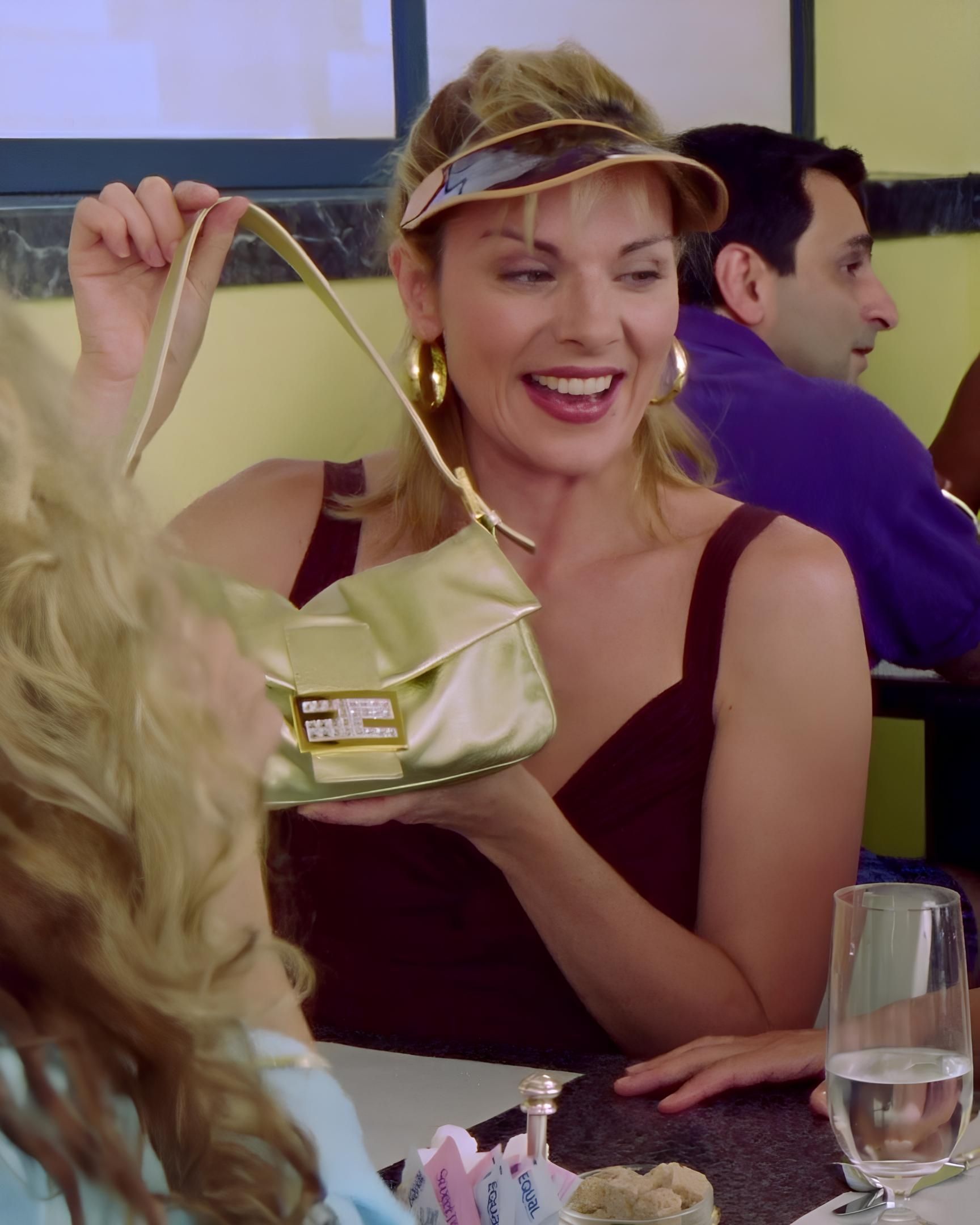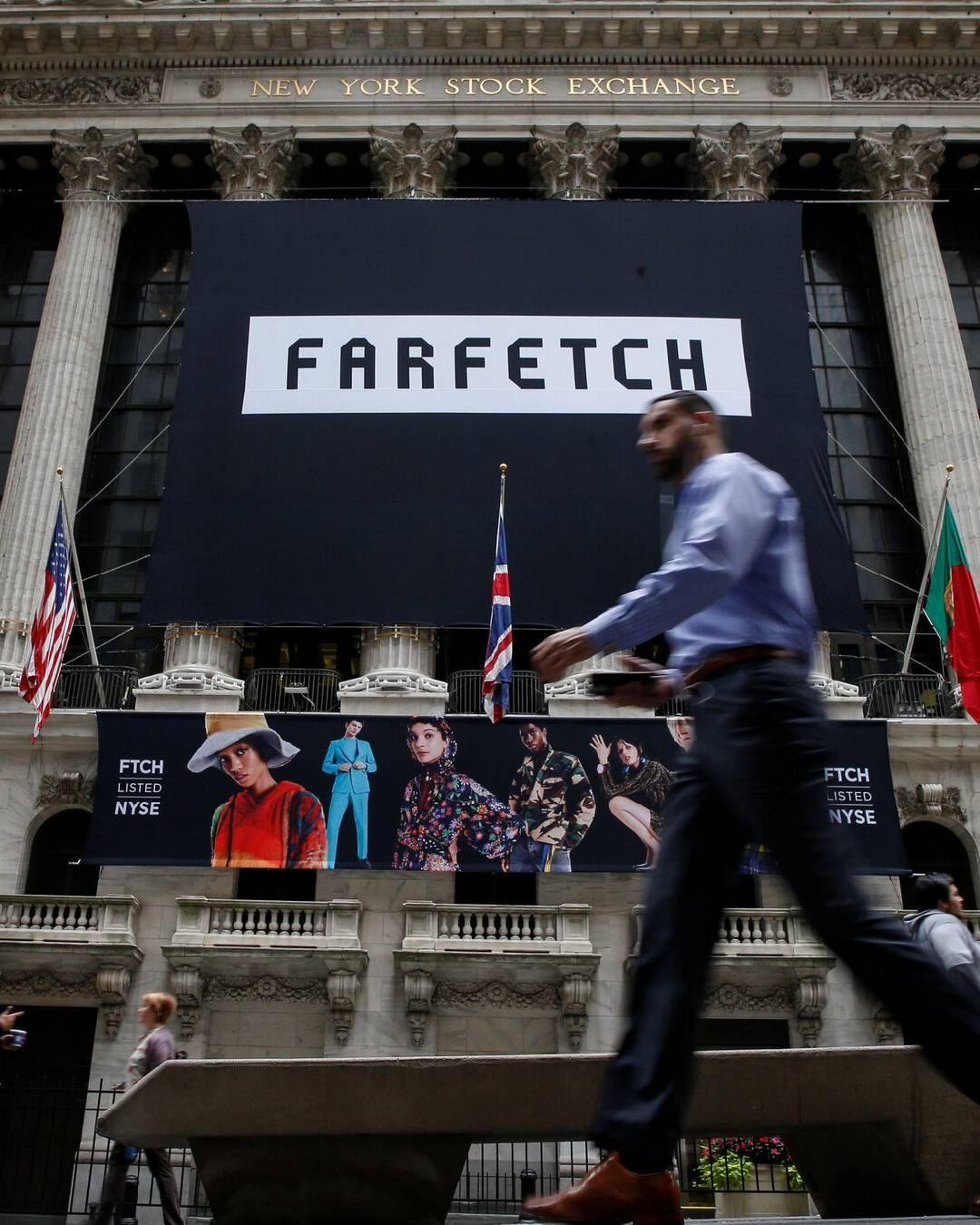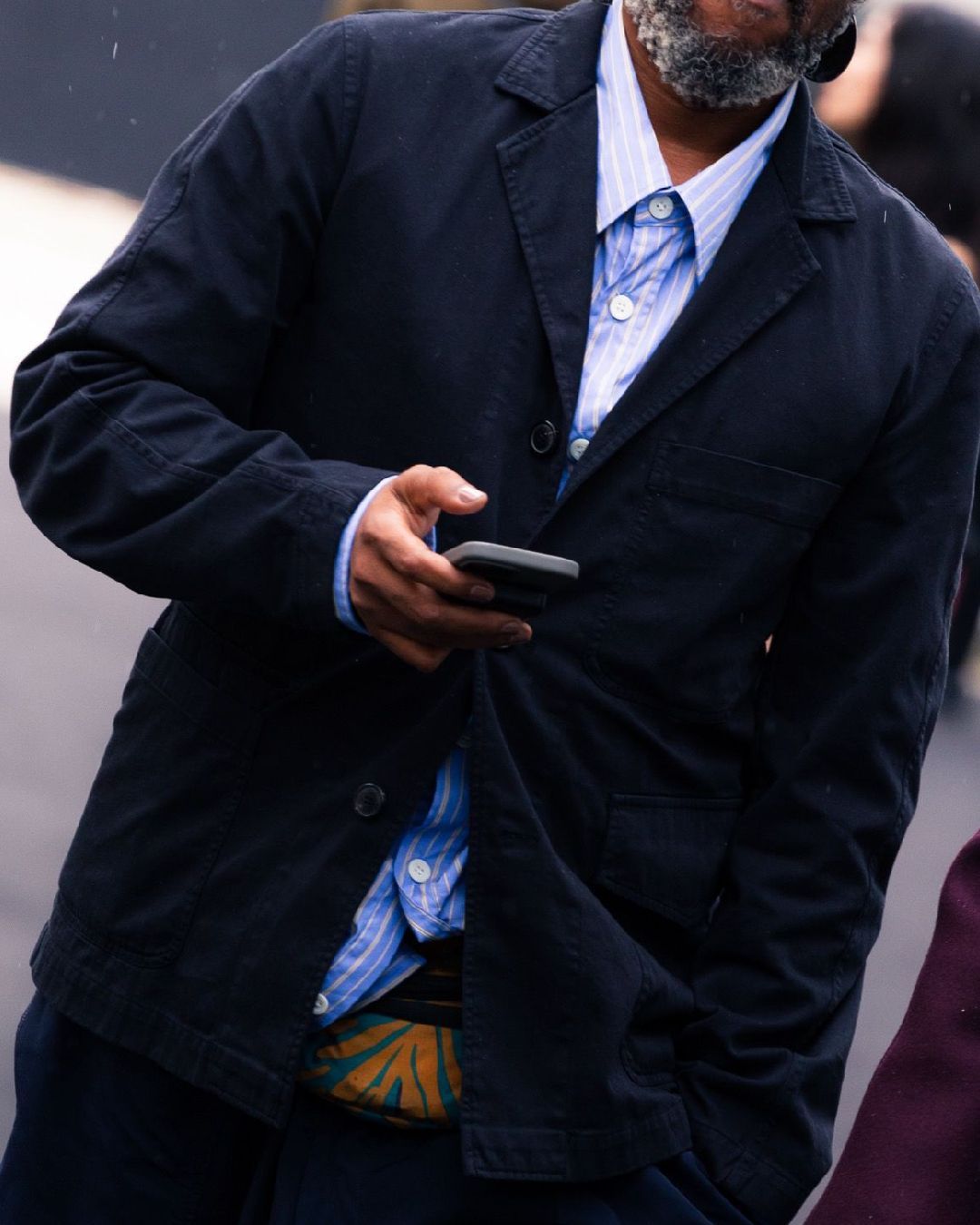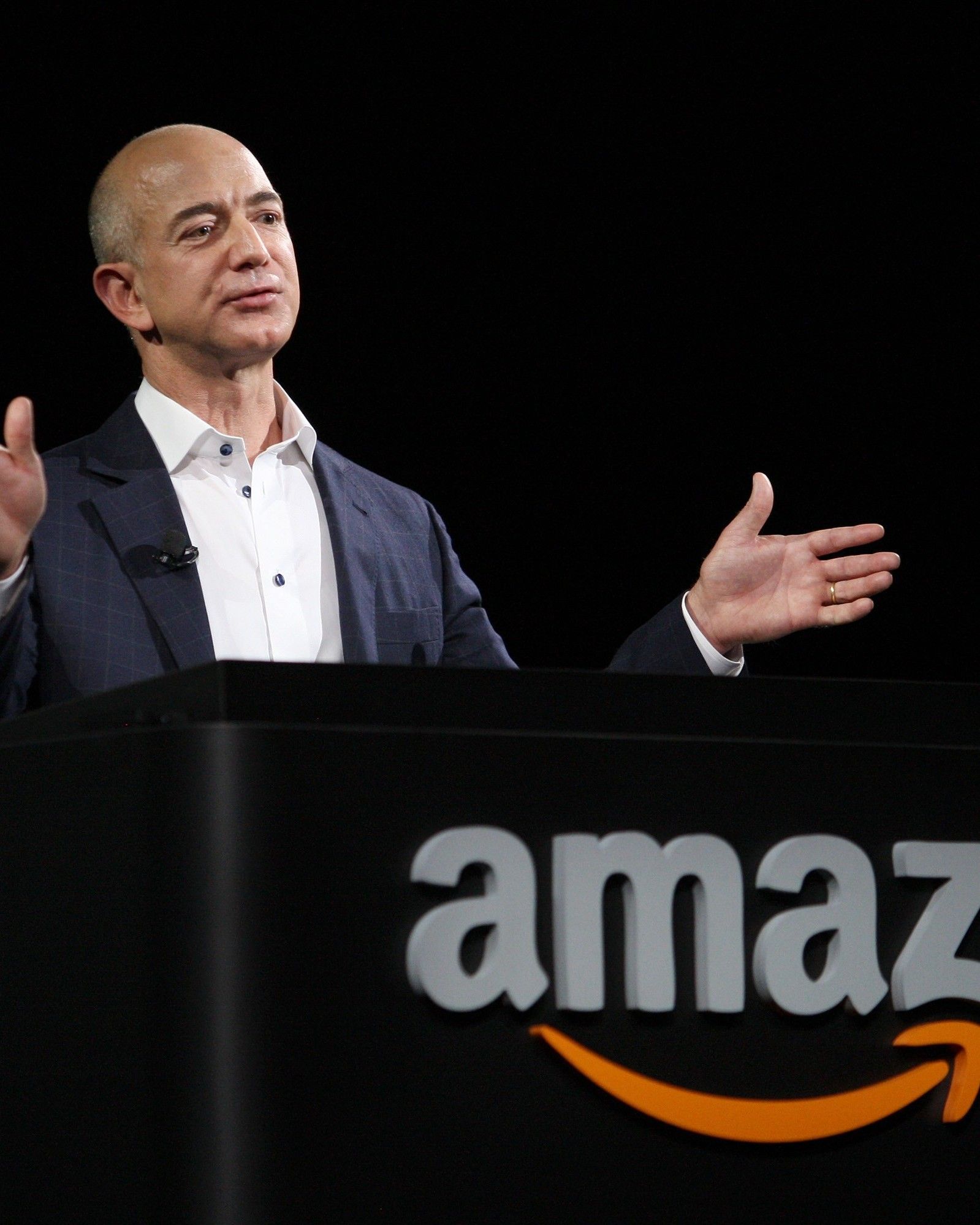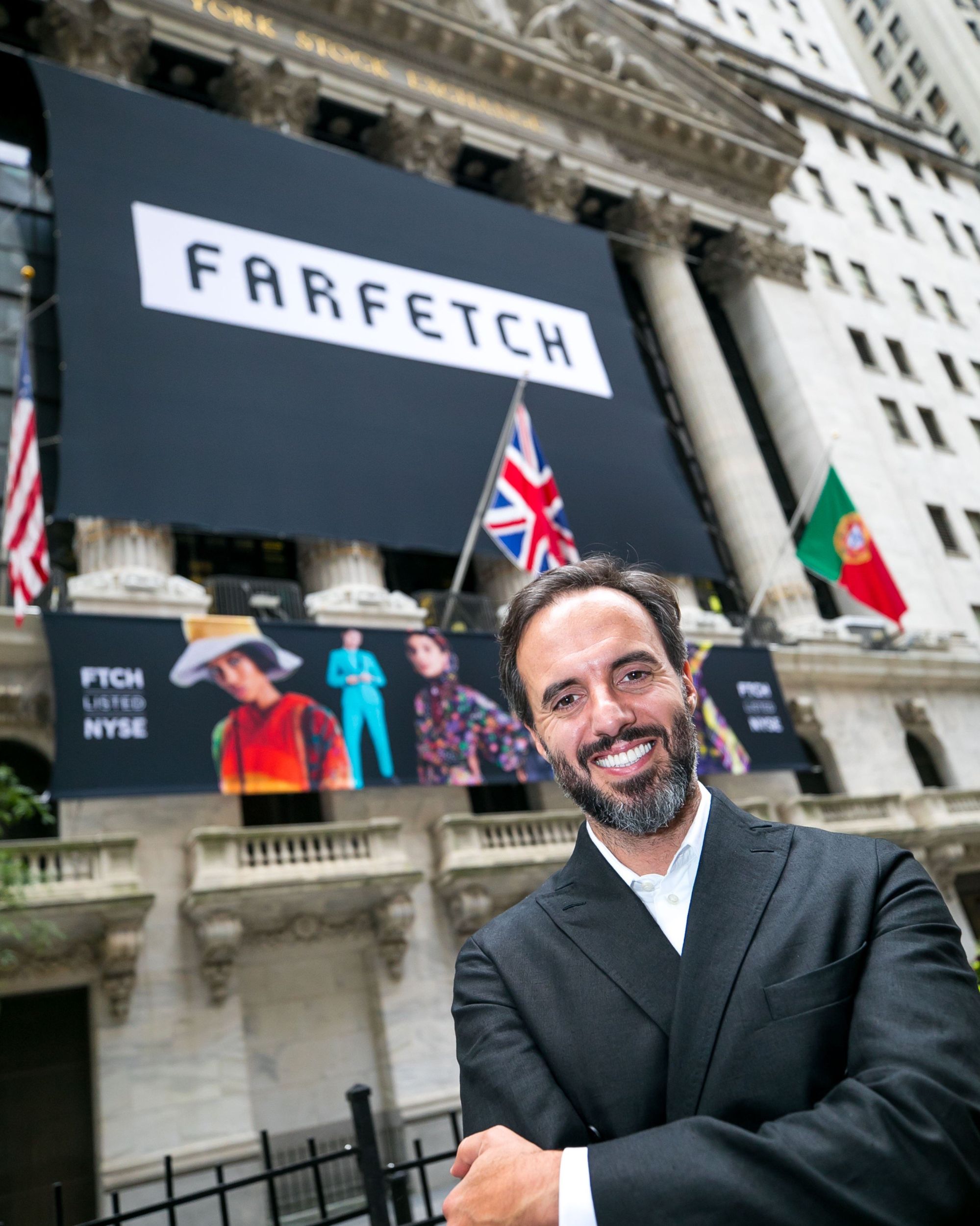
Farfetch has been sold The South Korean company Coupang saved it with an injection of $500 million
In a surprising turn of events, the online luxury giant Farfetch has found a lifeline in the South Korean e-commerce giant Coupang, becoming the white knight for the company after speculations that Amazon might acquire it. The struggling company faced the termination of its complex deal with Richemont and Alabbar, prompting Coupang to intervene with an emergency injection of $500 million. This move aims to save Farfetch from the brink of bankruptcy and marks a significant shift in the company's ownership structure. Coupang, listed on the New York Stock Exchange and recognized as a Fortune 200 company, has agreed to inject $500 million into Farfetch as part of a "pre-pack" administration process. Farfetch's statement emphasizes that this capital infusion will enable the company to maintain its commitment to providing exclusive brands and boutiques with cutting-edge technology, connecting leading designers with a global consumer base. According to Bom Kim, founder and CEO of Coupang, the collaboration between Coupang's operational excellence and the innovative logistics developed by their own company, combined with Farfetch's leading role in the luxury ecosystem, is destined to offer exceptional experiences for customers, boutiques, and brands worldwide. As part of the agreement, Farfetch will be removed from the New York Stock Exchange and will become a privately controlled entity by Coupang. Shareholders, including founder and CEO José Neves, will see their investments wiped out. Despite this change, Neves is expected to remain on board, ensuring continuity in leadership.
@jin_koreannerdy I am a huge fan of #coupang original sound - JinKorean
Undoubtedly, the transition to private ownership marks a new chapter for Farfetch, allowing the company to reassess its strategies (considered by many as imprudent, considering the magnitude of investments, such as the acquisition of the New Guards Group) and pursue measured and thoughtful growth away from the scrutiny of public markets. In this context, the fate of Farfetch's extensive assets, including Browns, New Guards Group, Stadium Goods, and the $200 million stake in Neiman Marcus, remains uncertain. The termination of the deal with Richemont also raises questions about Yoox Net-a-porter and the potential impact on Farfetch's other partnerships and acquisitions. The challenges faced by Farfetch leading up to this point can be attributed to the termination of Richemont's pending deal to sell a majority stake in Yoox Net-a-porter to Farfetch and Alabbar. The pre-pack administration process has become a sort of lifesaver for Farfetch, preventing it from succumbing to insolvency and collapsing on itself.
Farfetch's struggles on Wall Street were accentuated by a series of non-core acquisitions, including Browns, New Guards Group, and Stadium Goods. Its foray into the beauty category with the acquisition of Violet Grey abruptly ended in August, further contributing to investor skepticism. However, Farfetch's real issue may be deeper and involves a business model that has become partly obsolete and partly open to contradictions and flaws in the system. If, at the time of its foundation, the idea of aggregating different luxury multibrand retailers to create an interconnected marketplace seemed like a utopia, over the years, many retailers found themselves burdened with all the cumbersome logistical and economic tasks of shipments and returns in a landscape marked by arbitrary discount campaigns, standoffs between brands and retailers, and the whole unregulated range of possibilities that arises when vastly different entities are connected with a global audience with very diverse needs and expectations.
Coupang acquires Farfetch.
— App Economy Insights (@EconomyApp) December 18, 2023
Farfetch gains $500M capital injection.
Coupang enters $400B luxury goods market.
South Korea has the highest per-capita spending on personal luxury goods.$CPNG $FTCH pic.twitter.com/ieZVhUa7IQ
To magnify the situation, the practice of the gray or parallel market intervened, with unknown foreign companies siphoning off loads of merchandise without brand authorization towards sales channels about which little or nothing was known. But Farfetch is not to be discarded. Despite the challenges, many believe that the marketplace's technological expertise remains a crucial asset. The platform's ability to help brands plan digital retail strategies and customer experiences has been a key element of its success—from which the brands themselves have learned a trick or two. Farfetch's original model, focusing on marketing retailers' fashion and processing orders without holding stock, was initially celebrated for its innovation. However, the company's cash burn, non-core acquisitions, and debt became too much for equity investors. Moody's Investors Service lowered Farfetch's credit rating deep into junk territory, and Standard & Poor's had already lowered its rating on the luxury platform earlier in the month. This is why the sale of Farfetch to Coupang marks a crucial moment in the company's history, where the focus will be on how to leverage Coupang's support and Farfetch's technological expertise to redefine the luxury customer experience globally. Are we at the dawn of a new era of e-commerce?

